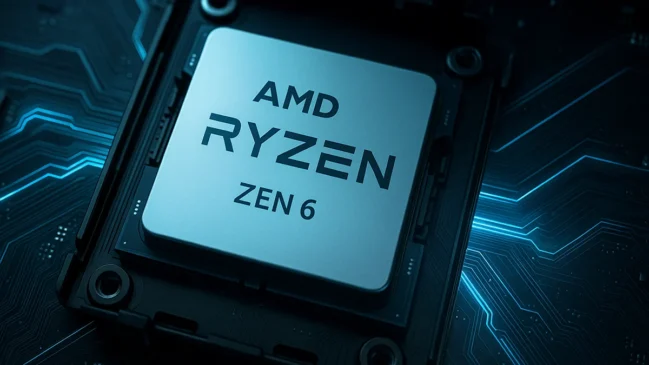
If you’re a content creator, learning how to improve streaming quality is in your best interests. To be sure you’re doing your best with your gear and software, you’ll want to learn the best methods for streaming. A couple of important things to take care of when streaming is lag and latency. Here are a few things that can help you to reduce lag and latency with your live streams:
Set up a wired connection
A wired connection can help to make your entire streaming experience a success because it helps eliminate a lot of the problems associated with faulty Wi-Fi connections. Low latency video streaming can be key in helping streamers create the most disruption-free possible experience for viewers and it’s often achieved through a wired connection. Whether it’s a Cat6 or Cat6a ethernet cable, it’s easy to stay connected and achieve reduced latency and lag when using a stable connection.
Choose the best streaming platform
Beyond your internet connection, the streaming platform that you use for streaming also matters. Some are simply better than others. From Twitch to YouTube, you’ll find that some of the more popular and widely used platforms offer modes and settings designed to help users choose the kind of latency that works for them. There are also platforms that automatically adjust the quality for viewers and their particular internet speeds so that your audience gets the kind of experience that works for them.
Adjust the streaming bitrate
The thing about bitrate is that if it’s too high, you’ll overload your internet connection which in turn causes there to be lag and disruptions with your live stream. Check that your software offers adaptive bitrate control as that can help your software automatically adjust while you’re streaming, depending on the network conditions.

This can help you to maintain control over your latency even if the network’s speed is changing throughout the live stream. An example of where you’d want your bitrate looks like 3,000 to 6,000 kbps for your 1080p 60fps streams. If you know your connection can be a bit slow, consider reducing the bitrate.
Stream with little to no other active devices
If you live alone and you stream your content on one device, you’ll typically be able to work with a decent internet speed while streaming the kind of quality you’d like with the bitrate that works for you. However, if you have a number of devices connected at once to one internet connection, such as in a multiple person household, you may find it hard to get the streaming quality you want and the low latency that works for you.
If you can manage what devices stay connected or not while you’re streaming, it can make it easier for you to ensure a successful live stream. Also, make sure to avoid downloads or other high-consumption use of your devices and internet when you’re streaming content.
Consider lowering resolution
If you don’t mind the visual quality being a bit lower when streaming, you could always lower the resolution for it to be a bit easier to reduce lag while streaming. While you do want to maintain top-notch quality, sometimes lower resolution works for small-scale audiences, and if you don’t have to worry about sharing devices on one network.
For example, 720p still provides quality viewing yet doesn’t require as much internet speed. You could also look for a streaming platform that automatically adjusts resolution for you if you’re unsure of what works best for your speed and bandwidth.
In Conclusion
Whether you do makeup tutorials with wise words for your audience or you give guitar lessons for free on YouTube, there are different reasons why people enjoy sharing content online. Learning how to be a successful streamer takes practice and research but once you learn tips like the ones above, it becomes that much easier.






